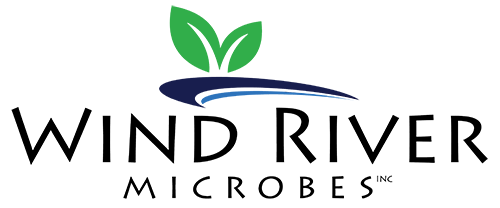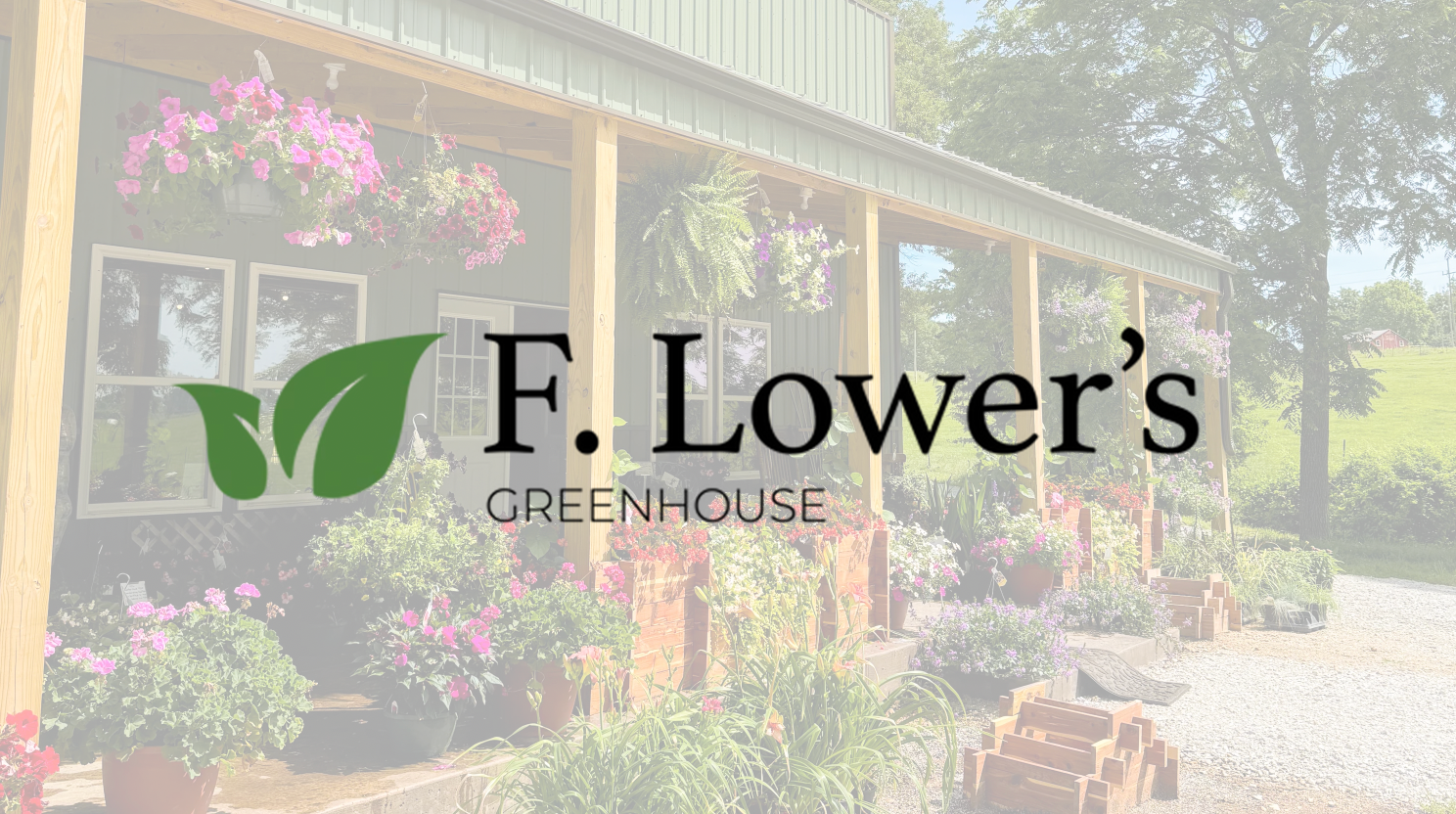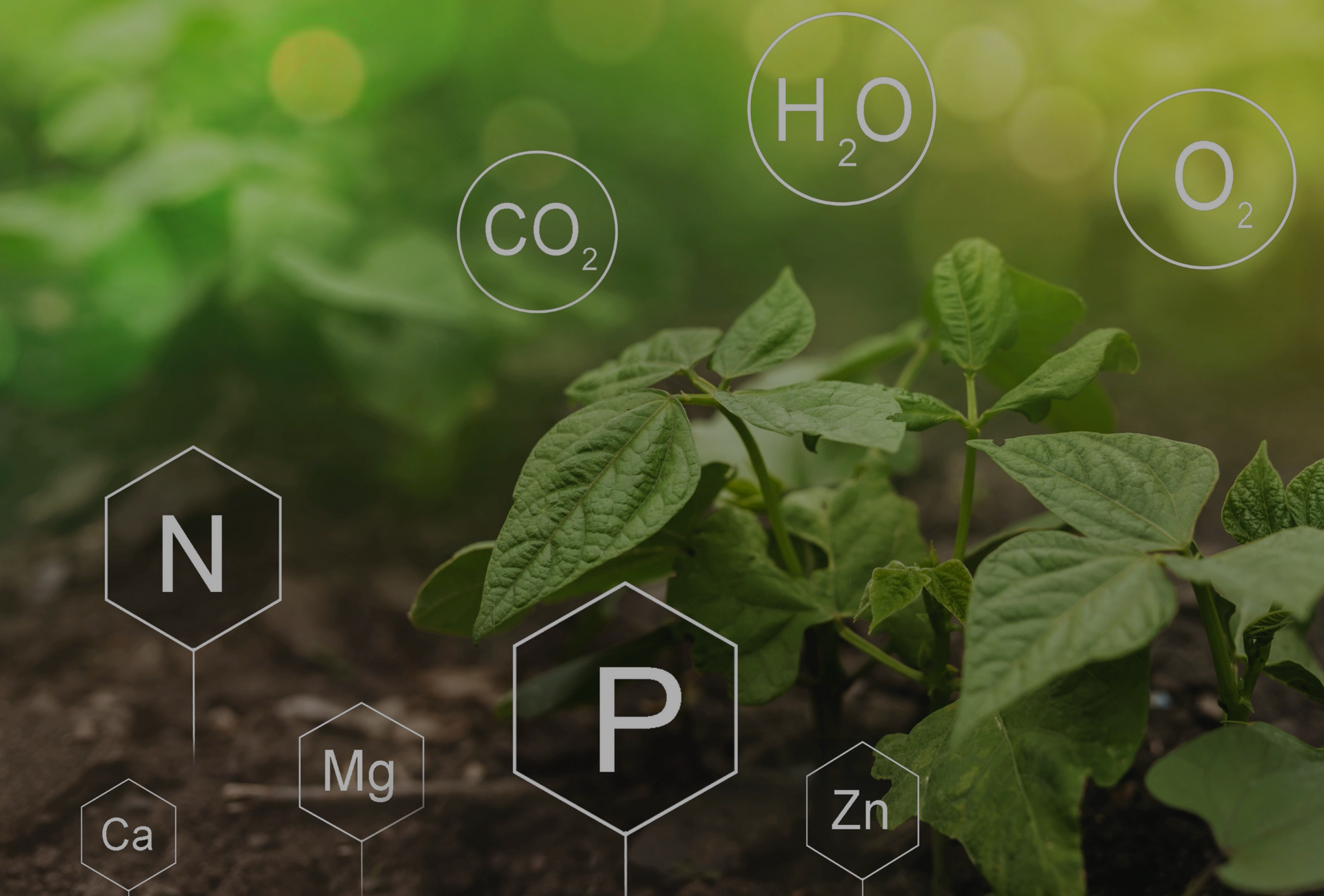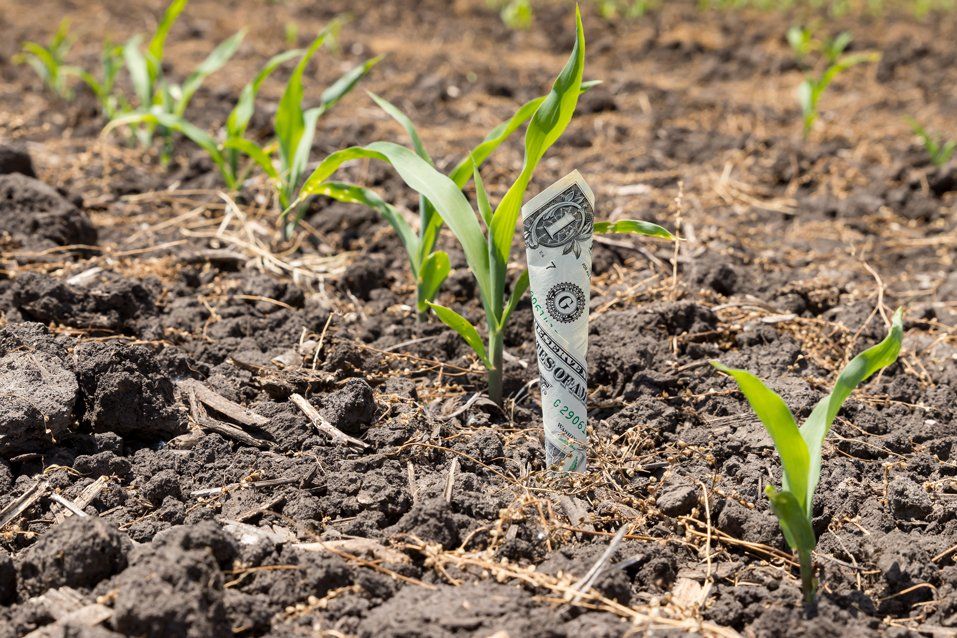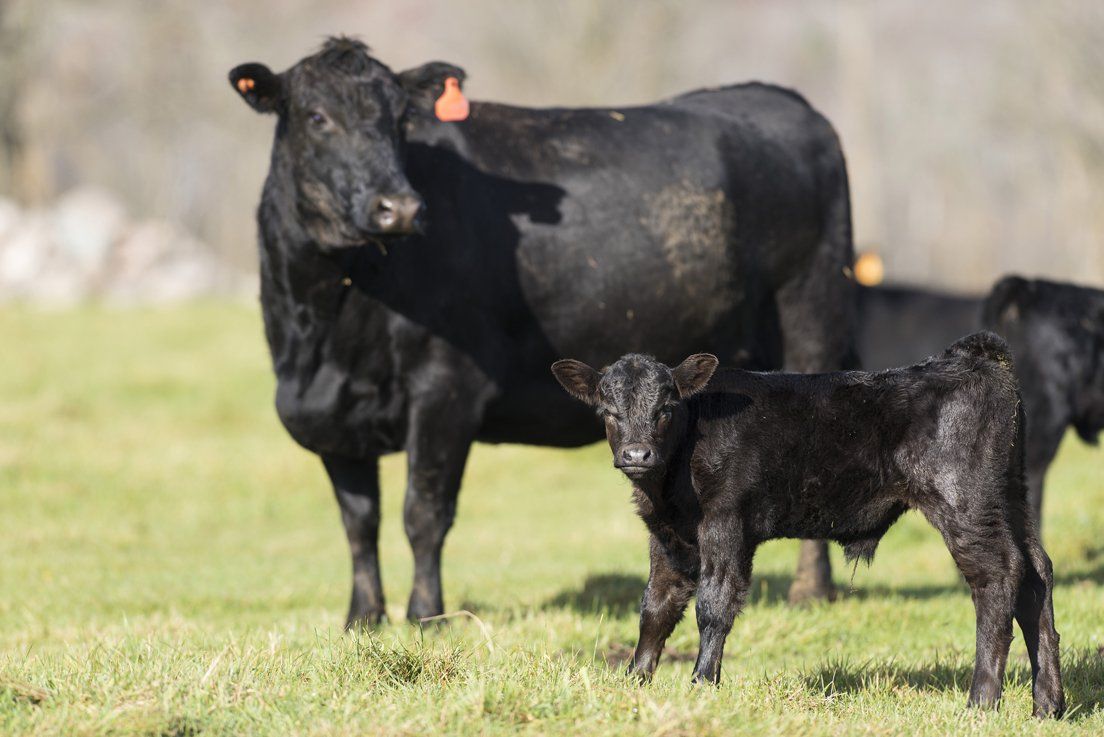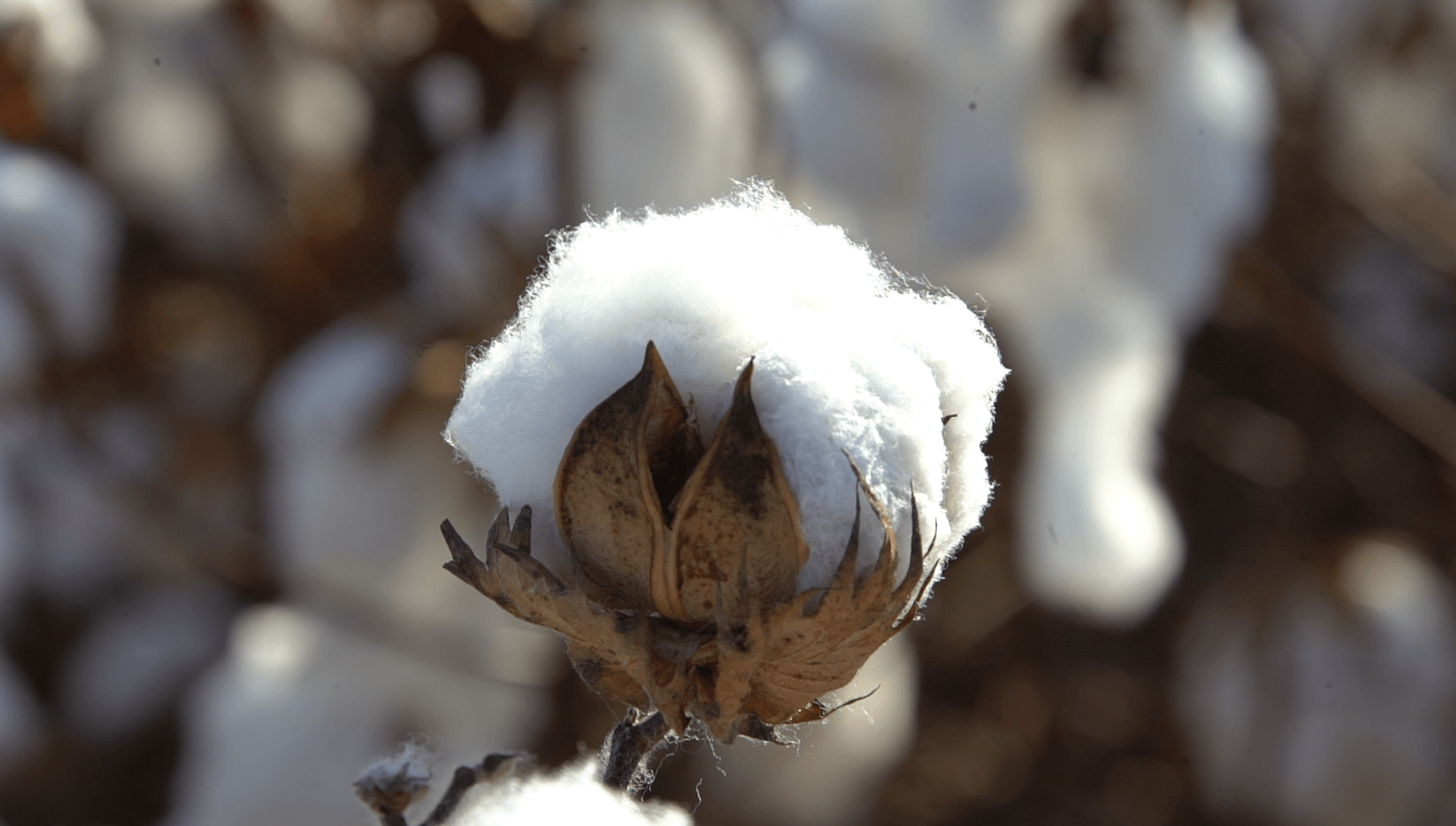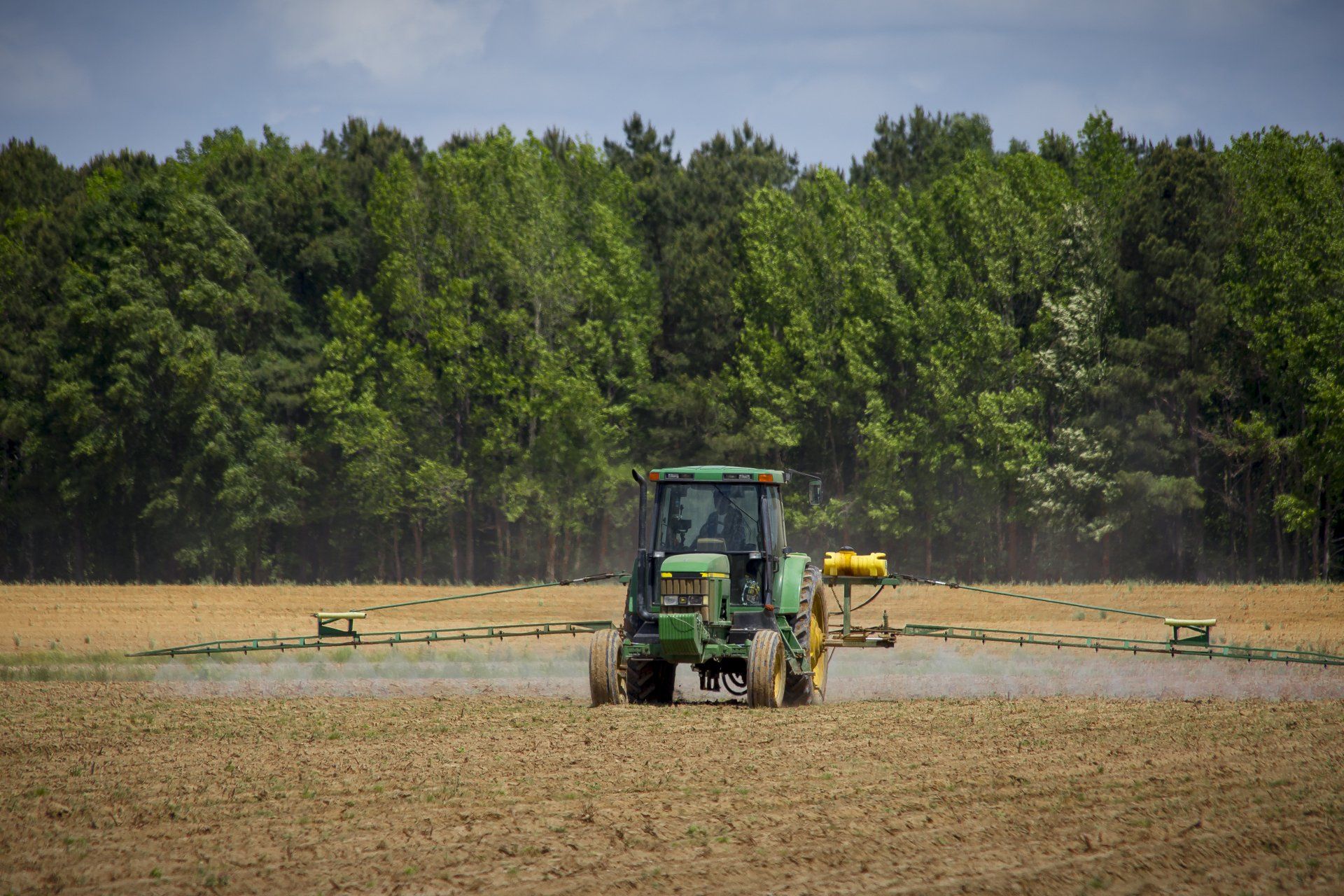"Rumenation" & Cow Farts
"Rumenation" & Cow Farts
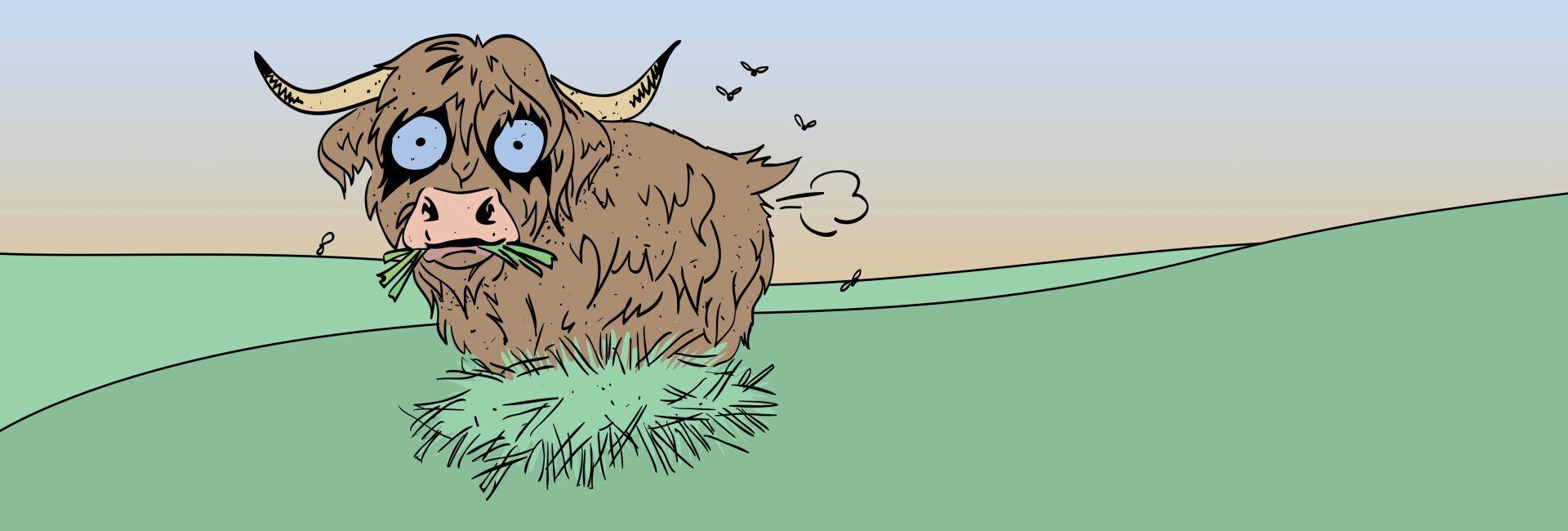
Ruminants have a unique digestive system, compared to other animals. They have, as many people say, four stomachs. This is not totally accurate; a ruminant has a compartmentalized stomach consisting of four chambers. One of those is the rumen. The rumen is basically a big fermentation vat that contains lots of microorganisms. Have you ever had something mold and ferment in an enclosed container? When you pop the lid, gas is released, right? This leads us back to the rumen, and the processes that occur resulting in methane gas production and expulsion, commonly known as "cow farts."
Cows chew their cud. You've watched a cow laying in the grass peacefully resting, yet she is always chewing, like she has a wad of bubblegum in her mouth. She's chewing her cud, but why? Grasses and other roughages contain lignans and cellulose which are hard to digest. When a cow eats grass and swallows it, the juices flow into her digestive system and the solids - cud - are regurgitated from the reticulorumen to be chewed for a second time, also known as rumination. Rumination stems from the presence of roughage in the upper reticulorumen. Once she has the cud thoroughly broken down, she's able to swallow and it goes to the lower rumen for digestion.
Let's talk about the rumen and the "rumenation" process, not to be confused with rumination. "Rumenation" is our own concocted word, which involves the rumen and the actual fermentation process. The rumen is full of bacteria, fungi and protozoa – methanogens - that anaerobically break down the extracts and cud substrates. These microorganisms provide volatile fatty acids and microbial proteins and during this process, they "gas-off" releasing methane gasses, or cow farts. While many climatologists see this as detrimental to the greenhouse gas effect, ranchers understand that this process is by design – God's design. And you don't mess with Mother Nature!
Extremists have suggested that we rid this earth of cows, to reduce methane emissions. Ranchers will never allow this to happen because we don't want our ribeyes derived from a petri dish. So once again, scientists are messing with God's design, trying to determine methods of decreasing cow farts. A couple of methods to reduce emissions are antibiotic injections and feeding nitrates. Feeding nitrates is risky on two fronts. First, overfeeding can result in a toxicity which leads to death. Second, too many nitrates kill off the beneficial microorganisms in the digestive system. A third method, which has shown some potential, is the introduction of a particular species of the Paenbacillus bacteria into the rumen's microbial population. Trials are still being conducted to determine the efficacy of this treatment.
Until a safe and reasonable solution is found to get rid of the cow farts, let's all enjoy our naturally-grown ribeyes and tenderloins. We have bigger issues to deal with in this world.
Resources
Subscribe to Get
Special Offers
General Lead
Thanks for subscribing. You'll be the first to hear about new items and special offers.
Please try again later.
All Rights Reserved | Wind River Microbes
